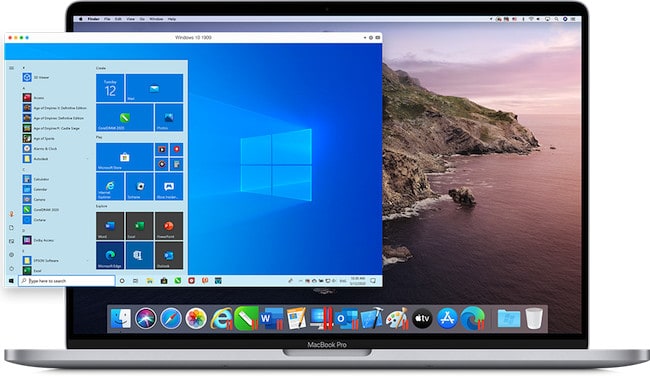

It’s likely that ARM32-based apps go back to Windows RT days, so the store apps that are still ARM32-based are likely “old and crusty” anyway. This support will go away in a future Windows 11 release, so you will then only be able to use ARM64, x86, and 圆4 UWP apps - quite reasonable overall, so this isn’t terribly surprising. The support post also calls out a minor item that I noticed earlier in the Deprecated features for Windows client list: support for 32-bit ARM UWP apps. Perhaps that will come at some future date (maybe with an easier way to install Windows 11 that doesn’t involve creating your own Windows 11 ARM64 media)? Interestingly, this does not include support for VMware Horizon. This article goes on to describe the limitations in this setup (no support for nested virtualization and technologies that use it, no support for DirectX 12), but these are not showstoppers for most people looking to use their M1/M2 Macs to run Windows 11. Parallels® Desktop version 18 is an authorized solution for running Arm® versions of Windows 11 Pro and Windows 11 Enterprise in a virtual environment on its platform on Apple M1 and M2 computers. Options for using Windows 11 with Mac® computers with Apple® M1® and M2™ chips

With a support article published recently, Microsoft has now “annointed” Parallels Desktop as an “authorized solution” for doing this:

But Microsoft’s position was always that these were unsupported solutions that you could use at your own risk. I’ve written about my experiences with running Windows 11 for ARM64 on the newer ARM-based Mac devices from Apple, using both Parallels Desktop and VMware Horizon.


 0 kommentar(er)
0 kommentar(er)
